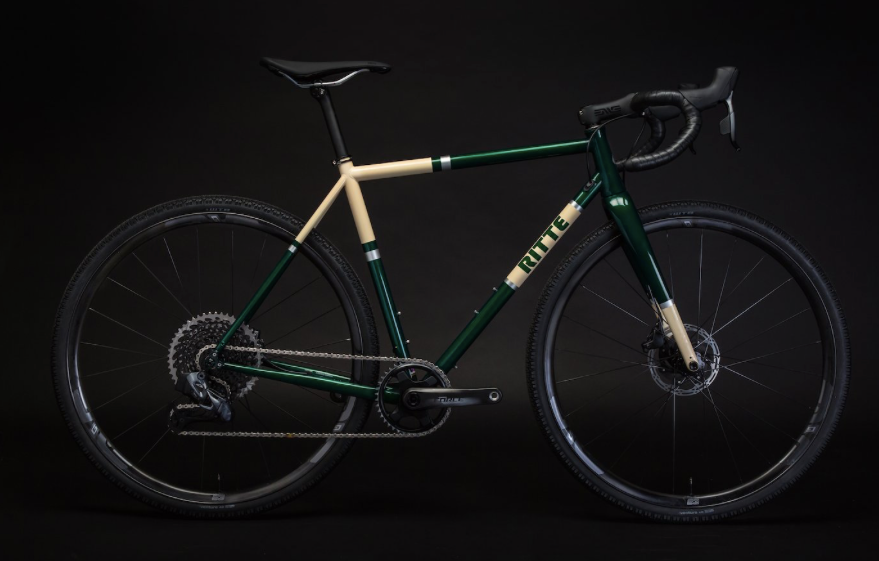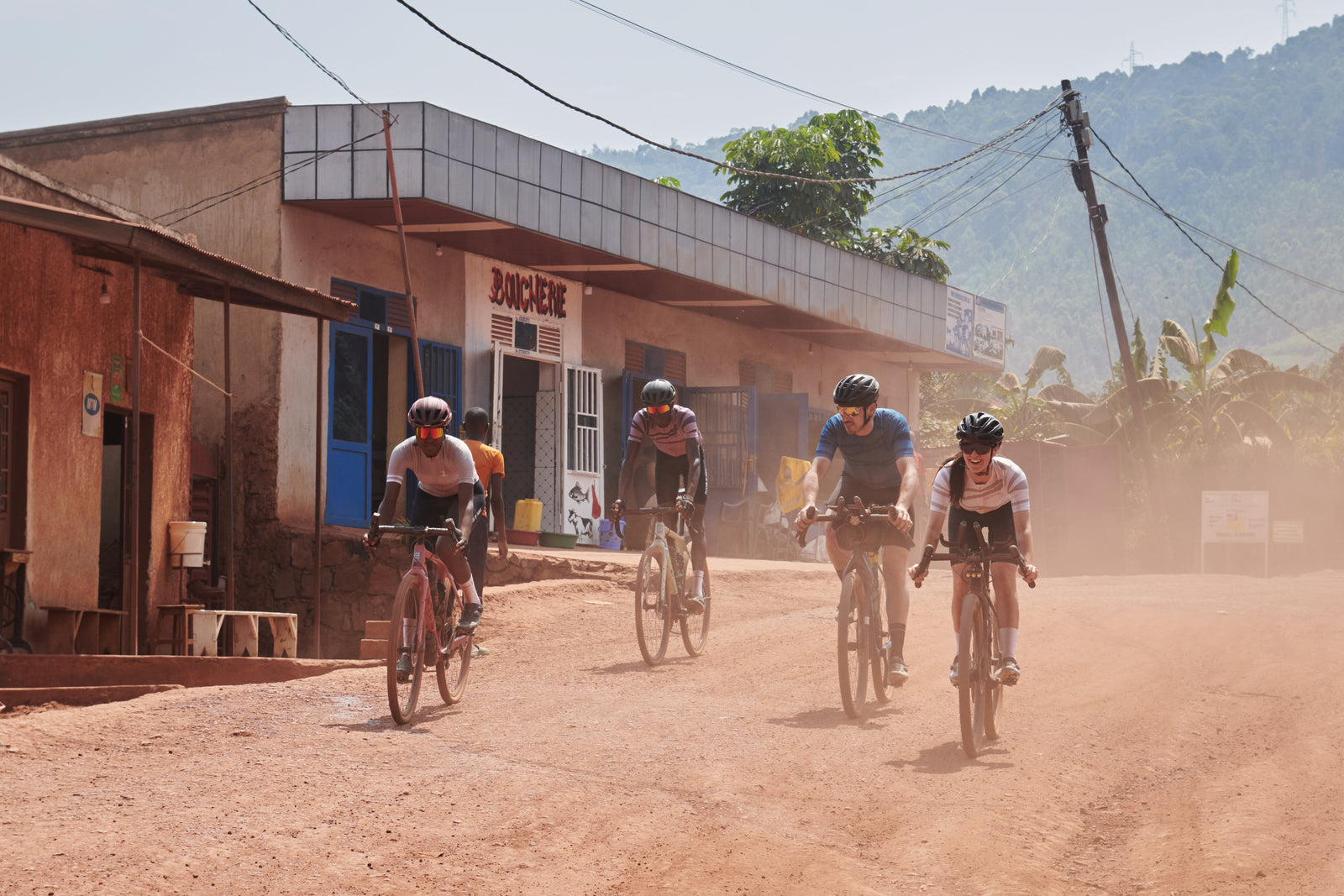
Ritte introduced their new steel bike at the end of 2019, giving us something new to lust over. The Californian brand (with a surprisingly Belgian name derived from Henri "Ritte" Vanlerberghe who won the legendary 1919 Tour of Flanders) doesn't release a new model very often (the latest model, the Ritte Ace was launched back in 2015). Ritte has always the odd-one out, the cool kid on the block who stands out in the crowd and doesn’t need to fit in the peloton since it’s too cool (and too fast) for school. We’ve recently added one to our stable, and want to share our thoughts on this all-purpose machine.

Since the early days of Ritte back in 2010, the philosophy of the brand has been to create purebred racehorses; each bike has to be prepared for riders who go ridiculously fast and look cool while doing so. This means no endurance geometry or sloping angles on these frames, but bikes that carve corners like a Swiss army knife through butter.
The latest models that have been added by Ritte are different in the fact that they are embracing the revival of steel compared to the carbon fiber framesets they made in the past, but still holding true to an aggressive, responsive geometry. For the development of the new Ritte Satyr (gravel-frame) and the Ritte Phantom (road disc-frame), they worked the geometry together with the renomated frame builder Tom Kellogg to create something truly special for every rider.

Geometry
The aim was to create different frame sizes that all handle the same, regardless of the size. Frames normally are drawn up in a 56cm, and scaled to make larger or smaller bikes. The proportions of these frames change, as some things like forks and wheel sizes are harder to simply scale up or down, so if your 56cm bike is aggressive, the 52cm will be too snappy, but the 61cm will start to lose some of that aggressive edge. Ritte has taken the approach to use different fork rakes (they use ENVE forks) in addition to this newly-worked geometry to provide proper toe-clearance; a big problem for smaller frames running wide gravel tires. This allows the head tube on the frame itself to stay at the same angle, giving the rider on the XS frame the same ride as the XL.
The Satyr also features a low bottom-bracket drop, increasing stability of the frame at higher speeds. This creates balance with the need to be aggressive with how the bike handles without turning handling the bike into a chore. When riding the Satyr off-road, you have the impression sitting "in" the bike instead of "on" the bike, so when the trails get technical you can sit in the saddle with confidence rather than feel like you’re trying to be thrown off of a wild bronco.

While numbers and tech talk are always fun for us, the proof is in the pudding. And the only way to judge pudding? Eating.
We took the Ritte Satyr on a 100k loop along the track of the Dusty Moon Gravel Ride (which takes place later this year if the COVID-19 doesn't spoil all the fun. Stay inside and wash your hands!). Our route featured sharp corners on loose gravel, some muddy sections, and high-speed descents through the forest. The bike handled surprisingly comfortably for a standard geometry. If you go for a truly tailored fit, expect spending at least €1.000 extra on a frameset like this, but this feels close to custom-made thanks to the specific geometry.
The low bottom bracket is something that's rather unique for a gravel bike since it enhances the stability significantly on technical descents. After a while, the bike really encourages you to push you to the limits through its quick handling and the only thing you need to make sure of is to keep the rubber side down. Our Ritte Satyr is built-up with the Shimano GRX Di2 groupset (RX817 version), Icon C3.5 wheelset with DtSwiss 240 hubs, Wheels Manufacturing T47 bottom bracket, Thomson seatpost and stem and the latest Ritchey Butano handlebar. Our icing on the cake: the Brooks green leather handlebar tape which perfectly matches the distinctive paint job of the Satyr.

Conclusion
Pros to the Ritte Satyr:
- Reynolds 725 steel frame with an ENVE carbon fork
- Frame design by Tom Kellogg
- Lively and silky smooth ride that is valued by steel lovers
- Straight line stability
- Responsive handling for race conditions
- Tire clearance for 700x43c tires
Cons to the Ritte Satyr:
- Some riders may not like the sharp steering and aggressive nature
- Not suitable for 650B wheelset due to lower bottom bracket







Leave a comment (all fields required)